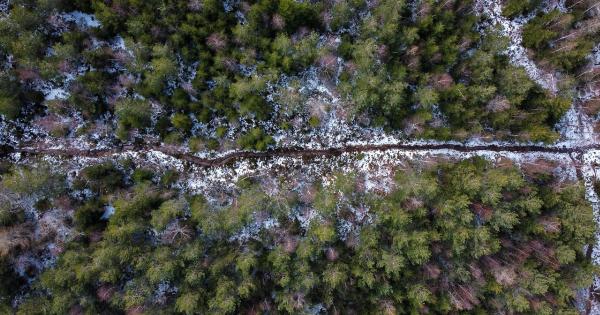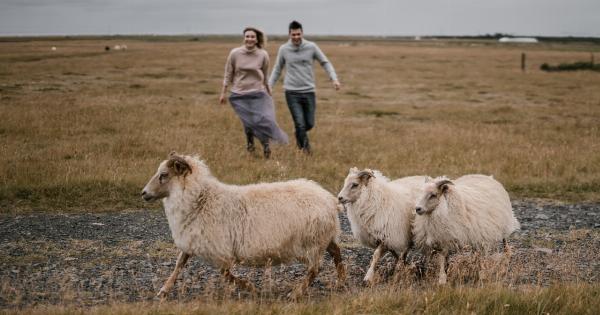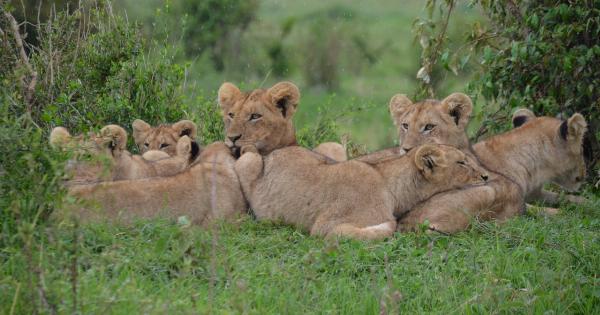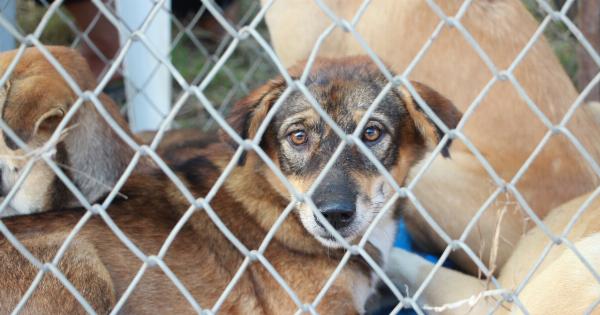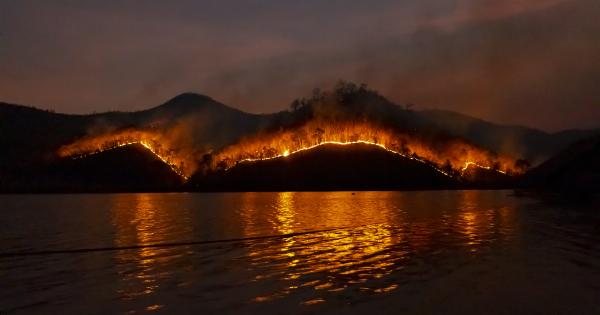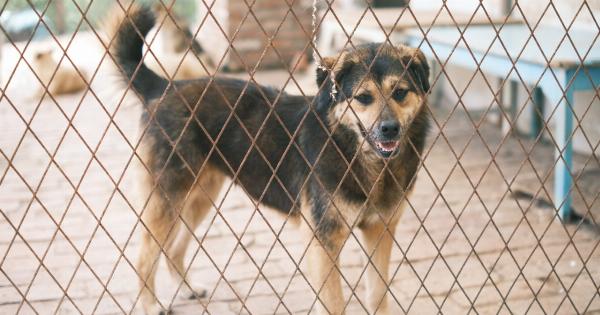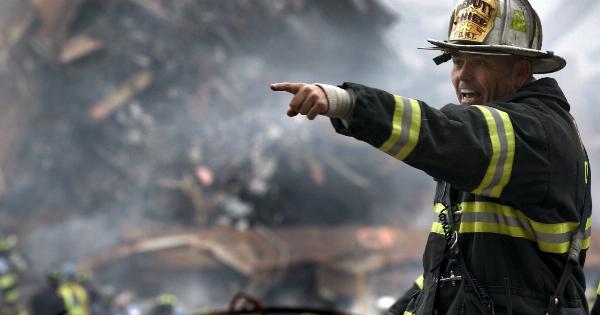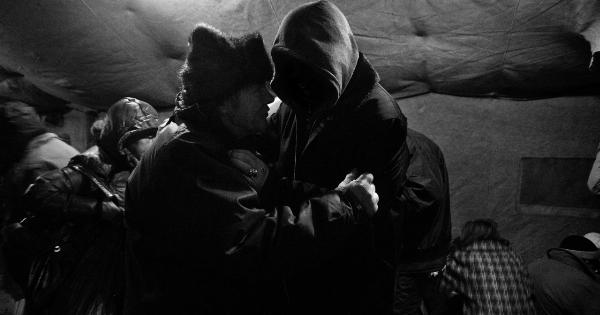Forest fires are a devastating force of nature that not only destroy natural habitats but also endanger the lives of countless animals.
From majestic creatures like deer and bears to smallest insects and birds, helpless animals find themselves trapped amidst raging flames. To mitigate their suffering and ensure their survival, it is crucial for humans to step in and provide assistance. In this article, we will explore various ways to help animals escape forest fires and the importance of such efforts.
Understanding the Impact of Forest Fires on Wildlife
Before delving into how to help animals escape forest fires, it is essential to understand the devastating impact these fires have on wildlife. Forest fires can rapidly spread across vast areas, leaving animals with limited escape routes.
The flames consume their habitats, destroying their shelters, food sources, and water supplies. The intense heat and smoke pose immediate threats to their lives, often resulting in injuries or death.
Even if animals manage to survive the initial flames, they face significant challenges in the aftermath, such as scarcity of food and new predators invading their territories.
Creating Wildlife-Friendly Habitats
One vital step in helping animals escape forest fires is creating wildlife-friendly habitats. By designing and maintaining areas that provide suitable shelter, food, and water sources, we can increase the chances of animals surviving fires.
This can be achieved through various measures, such as setting up artificial water ponds, planting fire-resistant vegetation, and preserving natural habitats without human interference. These wildlife-friendly zones can serve as safe havens for animals during forest fires.
Implementing Early Warning Systems
Early warning systems play a significant role in helping animals escape forest fires. By setting up advanced surveillance technology, such as heat and smoke detectors, we can detect signs of fire outbreaks at their earliest stages.
This allows for prompt evacuation efforts and helps minimize the risk to both human and animal lives. Additionally, integrating animal tracking devices can help locate and rescue animals from fire-prone areas before it is too late.
Coordinating Rescue Efforts
Coordinating rescue efforts is crucial to ensuring the successful escape of animals during forest fires.
Local wildlife organizations, rescue teams, and concerned individuals should work together to establish an organized system for rescuing and relocating animals. This involves creating emergency response plans, training personnel, and securing necessary resources to carry out rescue missions efficiently.
Coordination between different entities can significantly increase the number of animals saved during these disasters.
Providing Temporary Shelters
Temporary shelters are essential for animals displaced by forest fires. These shelters offer a safe space for animals to recover from the traumatic experience and regain their strength.
The shelters should be designed specifically for various animal species, considering their specific needs and behaviors. Providing adequate food, water, and medical care is essential in these facilities to ensure the well-being of rescued animals until they can be released back into their natural habitats.
Conducting Rehabilitation Programs
Rehabilitation programs are essential for injured animals that have survived forest fires. These programs aim to heal their physical injuries, address psychological trauma, and prepare them for reintegration into the wild.
Qualified veterinarians, wildlife experts, and volunteers play vital roles in these programs by providing medical treatment, behavioral therapy, and necessary training for survival. Rehabilitation programs significantly increase the chances of successfully releasing animals back into their natural habitats.
Promoting Fire Safety Practices
Prevention is always better than cure. Promoting fire safety practices not only helps minimize the risk of forest fires but also contributes to animal welfare.
Education campaigns should be conducted to raise awareness about fire prevention strategies, such as proper disposal of cigarette butts, campfire safety, and following regulations for controlled burns. By preventing forest fires, we can protect animals from the danger they pose, allowing them to thrive in their natural habitats without constant fear or threat.
Supporting Wildlife Conservation Organizations
Supporting wildlife conservation organizations financially and through volunteer work is another vital way to help animals escape forest fires.
These organizations work tirelessly to protect and preserve habitats, conduct research, and rescue animals in distress. Donations and active involvement in their projects provide necessary resources to carry out rescue missions, relocate animals, and advocate for their well-being on a broader scale.
Collaborating with Firefighting Agencies
Collaborating with firefighting agencies can greatly aid in the rescue of animals during forest fires. Firefighters are trained professionals equipped with the knowledge and tools to combat fire effectively.
By working together, wildlife rescue teams and firefighting agencies can share resources, communicate information, and ensure the safety of both humans and animals. Joint efforts also facilitate the quick response necessary in these emergencies, increasing the chances of saving more lives.
Advocating for Forest Fire Prevention
Advocacy plays a crucial role in the prevention of forest fires. By raising awareness about the causes and consequences of these fires, we can emphasize the importance of prevention and compel authorities to take necessary action.
Engaging with local communities, schools, and government agencies to advocate for stricter regulations, fire prevention infrastructure, and sustainable land management practices can significantly reduce the occurrence of forest fires. Through collective efforts, we can protect not only animals but also the overall health and biodiversity of our ecosystems.
Conclusion
Forest fires pose immense threats to the lives of animals, leaving them in urgent need of assistance from humans.
By creating wildlife-friendly habitats, implementing early warning systems, coordinating rescue efforts, providing temporary shelters, conducting rehabilitation programs, promoting fire safety practices, supporting wildlife conservation organizations, collaborating with firefighting agencies, and advocating for prevention, we can greatly enhance the chances of animals surviving forest fires. It is our moral duty to protect and preserve the incredible array of wildlife that depends on these fragile ecosystems. Together, we can ensure their ability to escape the flames and thrive in a safer environment.

